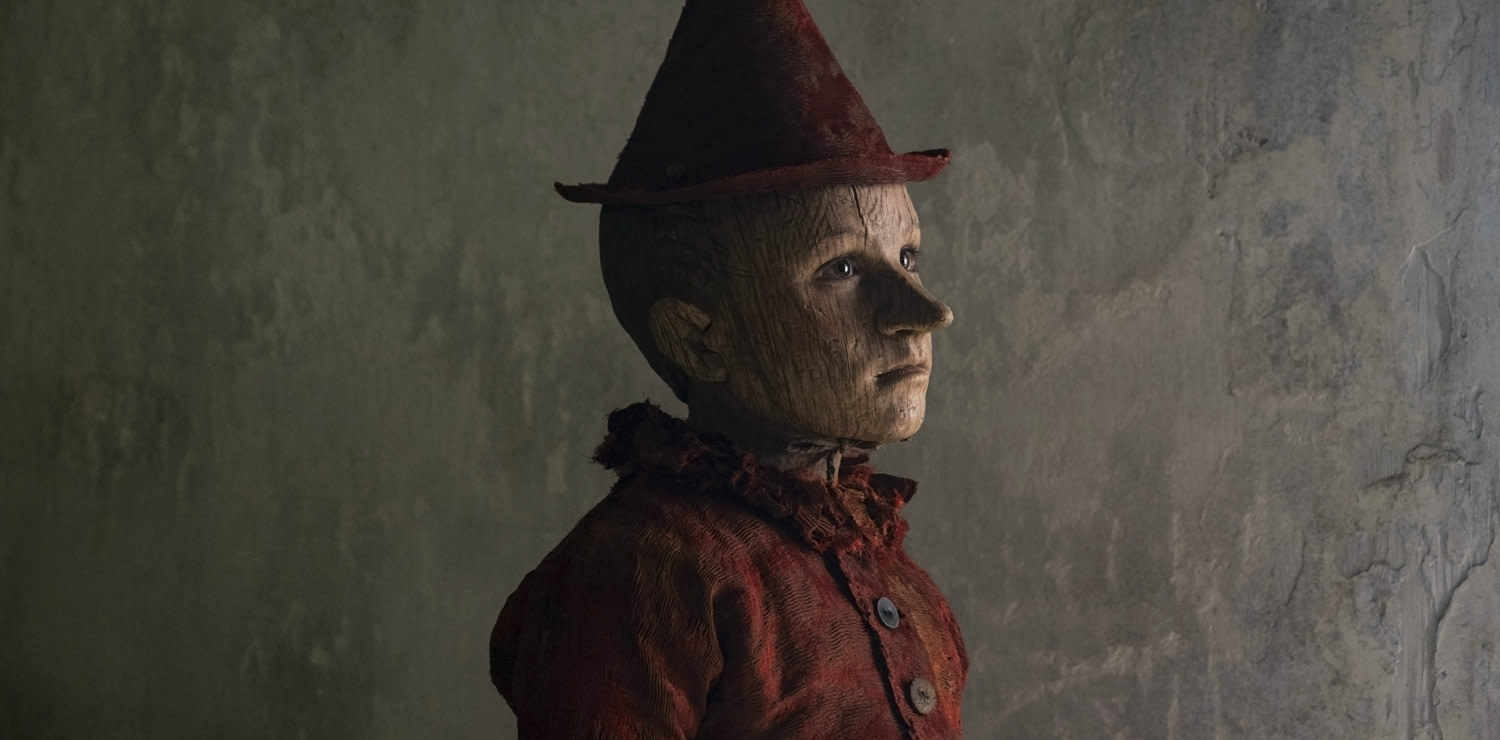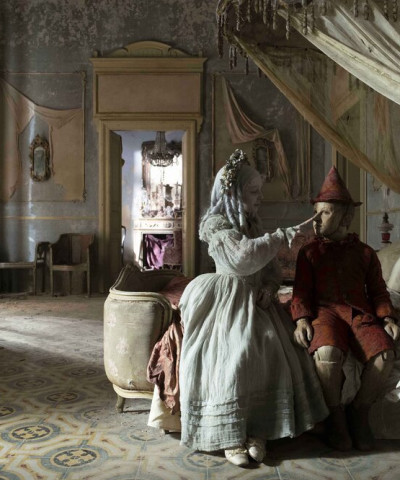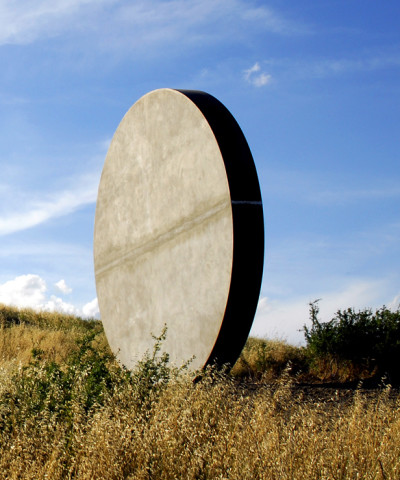Not the usual Pinocchio
Garrone and Benigni team up to interpret the best-loved Tuscan fairytale of worldwide fame
The quintessential Italian fairytale. Or, as we proudly like to say, the quintessential Florentine fairytale, since its author actually came from Florence. Because despite the fact that Carlo Lorenzini chose Collodi as his pen name after the little village near Pistoia associated with his mother, the famous writer was born and died in Florence. His pen produced a masterpiece The Adventures of Pinocchio (written between 1881 and 1883), or more simply Pinocchio, the name with which Walt Disney’s animated film launched it to fame in 1940. Since then, many authors have tackled this story but few have been successful. Hence the legend of “Pinocchio’s curse”, of which even Steven Spielberg fell victim. Among the few exceptions Le avventure di Pinocchio (1972), directed by Luigi Comencini, with Nino Manfredi, an extraordinary Geppetto, and the long-time partners Franco Franchi and Ciccio Ingrassia, who were perfect as the Cat and the Fox.
Even Roberto Benigni had problems with Collodi’s fairytale, when he played the puppet in 2002, just three years after winning an Oscar for best actor in Life is Beautiful (the first and so far the only Italian actor to receive this prestigious award). However, the appeal of this tale is so strong that Benigni never hesitated a moment when director Matteo Garrone offered him the part as Geppetto in his Pinocchio, which was released last 19 December (as we look forward to Guillermo del Toro’s version in 2021), and filmed in Tuscan and Apulia.
He is flanked by a brilliant cast, including Gigi Proietti, an intense Mangiafuoco, Massimo Ceccherini and Rocco Papaleo, respectively the Fox and the Cat, and Marine Vacth as the charming Blue Fairy, interpreted as a child by Alida Baldari Calabria. Pinocchio is played by young Federico Ielapi, who underwent a 3 hour makeup session for 3 months. In fact, other great features of this film comprise the incredible makeup by Mark Coulier, an Oscar and BAFTA Award winner, and fabulous costumes by another Florentine - pluri-awarded Massimo Cantini Parrini - on display until 22 March at the Prato Textile Museum.
That of Garrone is an extremely faithful adaptation of the text which renders a profound humanity in a film made up of magical and fairytale elements, of characters that are part human and part animal, and which therefore manages to be real, by addressing important topics such as poverty gently and delicately.
Matteo Garrone, what prompted you to make this film?
I was 6 when I drew my first story of Pinocchio. It has been with me since then. I wanted to make a film enabling the public to rediscover a great classic, but also to enjoy themselves and spend two hours in a world that mingles real and supernatural elements. A popular film for everyone, like Collodi’s masterpiece.
What do you like most about this story?
The text is timeless. It describes us, the virtues and vices are typically Italian, yet universal at the same time.
Benigni, you have worked on this text on two occasions. What do you find most appealing?
It’s like asking someone what they find attractive about the sea! This text is immense, almost a book of divination. The love story between a father and his son, but much more besides.
This is not the first time you have interpreted a father…
Yes, with Life is Beautiful it’s the second time. However, this is an authentic metaphor of a father, as famous as Saint Joseph. It is no coincidence that Geppetto is short for Giuseppetto. And there’s not just the name: both are woodworkers, both have adopted sons who run away from home and get into all sorts of trouble, they die and rise up again… Two very difficult children!
How did you approach this character?
We gradually built it up together thinking of the great classics of silent films, Chaplin and Keaton, and the dignified poverty they expressed. Poverty is the mother of all wealth. An aristocratic poverty that makes life a miracle and is quite extraordinary.











